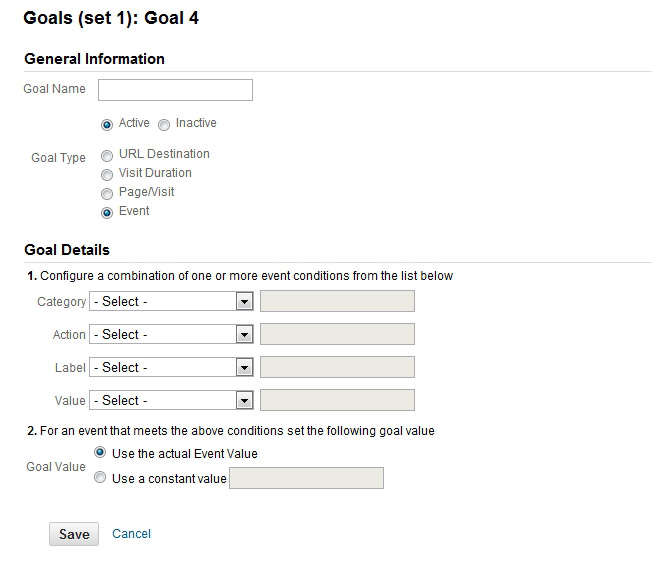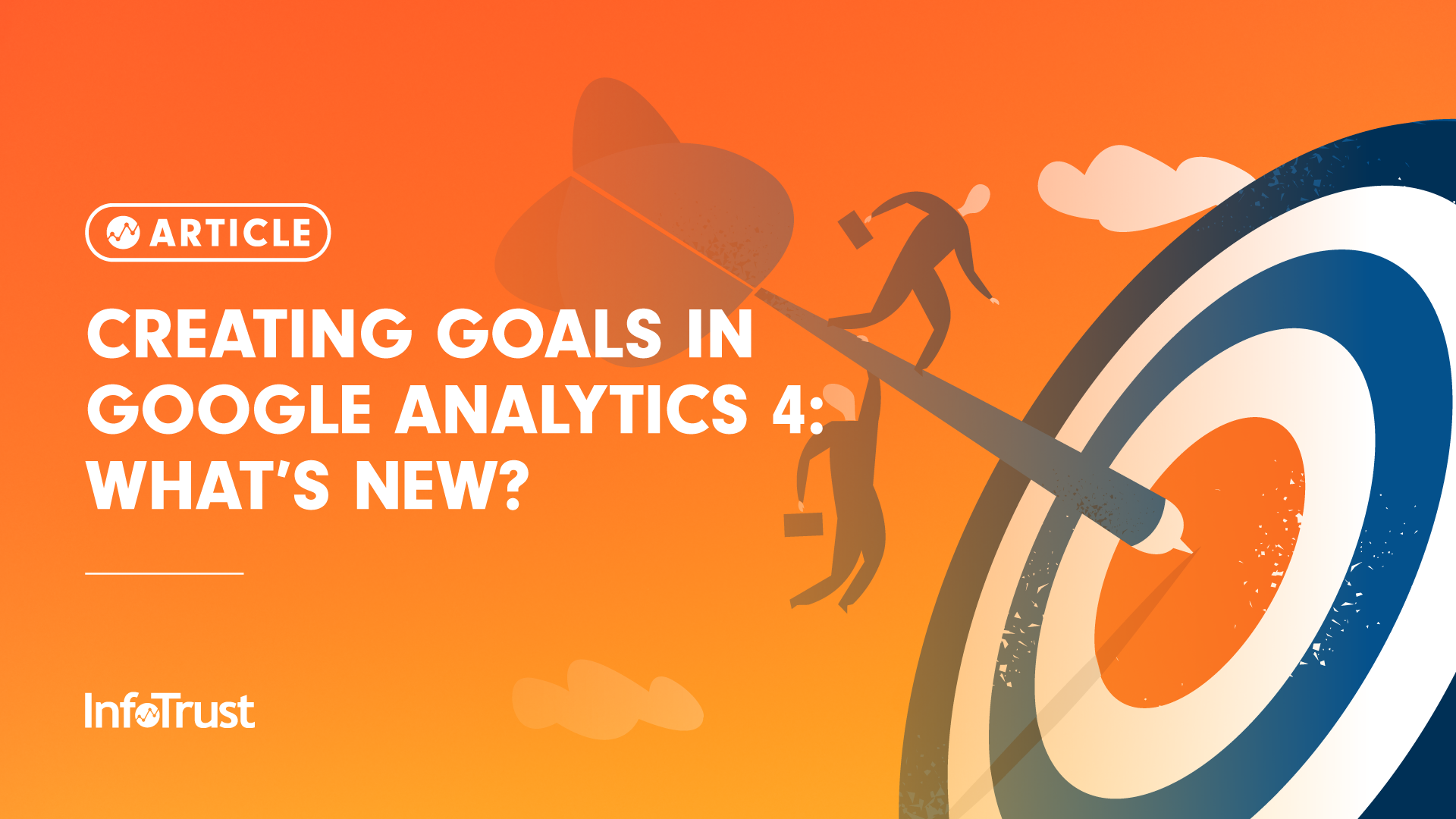What Data Is Google Analytics Goals Unable to Track: A Full Overview
What Data Is Google Analytics Goals Unable to Track: A Full Overview
Blog Article
Discover the Limitations of Google Analytics Goals: Unveiling the Data Types That Remain Untrackable
As organizations significantly rely upon data-driven decision-making, comprehending the limitations of tools like Google Analytics comes to be paramount. While Google Analytics Goals offer useful insights right into user communications, there exist data kinds that thwart tracking, posturing difficulties to a comprehensive understanding of customer behavior. These untrackable information kinds increase concerns about the precision and completeness of the analytics information that organizations greatly depend upon for their electronic strategies. Curious to discover the surprise blind spots in your information evaluation process?
Incomplete Customer Journey Tracking
Incomplete customer journey monitoring within Google Analytics can prevent the ability to precisely examine customer actions. When the user trip is not fully tracked, there are voids in the data that avoid a thorough understanding of how individuals engage with a website. This absence of understanding can lead to missed out on possibilities for optimization and improvements to the individual experience.
One typical issue with incomplete user trip tracking is the failure to see the full course that individuals take before completing a goal or leaving the site. Without this details, it is challenging to identify where users might be experiencing obstacles or rubbing factors that stop them from transforming. Additionally, insufficient tracking can obscure the impact of certain advertising efforts or site modifications on individual behavior.
To address this constraint, it is crucial to set up proper monitoring mechanisms within Google Analytics to record the entire user journey. This may entail establishing occasion tracking, objective funnels, or using devices like Google Tag Supervisor to guarantee that no essential interactions go unrecorded. By gaining a thorough view of the individual trip, site proprietors can make more educated choices to boost customer interaction and drive conversions.
Acknowledgment Challenges
Browsing with attribution difficulties in Google Analytics requires a comprehensive understanding of just how different touchpoints add to the general conversion process. Acknowledgment challenges develop from the complexity of modern-day customer journeys, where individuals engage with multiple networks prior to converting. Google Analytics supplies numerous attribution versions like very first touch, last touch, and direct, each offering a various perspective on how credit is appointed to touchpoints along the conversion course. However, these designs may not constantly accurately mirror the true influence of each touchpoint on the conversion.
One usual attribution difficulty is the problem in associating conversions to the appropriate source, specifically in instances where customers engage with multiple channels prior to transforming. Furthermore, cross-device tracking postures one more attribution difficulty, as individuals commonly switch over between gadgets during their trip, making it testing to track their communications effortlessly.
Offline Conversions
Given the obstacles connected with associating conversions accurately in online channels, the dimension of offline conversions provides a substantial opportunity for marketing professionals seeking a much more comprehensive understanding of their clients' trip. Offline conversions refer to activities that consumers take in the physical visit this site globe, such as making purchases in brick-and-mortar stores or over the phone, going to events, or engaging with published products - what data is google analytics goals unable to track. These conversions are crucial for services that run both online and offline, as they supply important understandings into the efficiency of advertising and marketing campaigns throughout numerous touchpoints
Tracking offline conversions commonly posed a significant obstacle for marketing professionals, as it was challenging to attach these actions back to certain online interactions accurately. With innovations in technology, such as the integration of CRM systems, distinct identifiers, and voucher codes, businesses can currently bridge the gap between online and offline data to gain a much more alternative sight of client habits. By successfully determining offline conversions, marketers can maximize their techniques, assign resources more efficiently, and ultimately boost the general consumer experience.
Cross-Device Tracking
Cross-device monitoring plays a crucial duty in recognizing the interconnected nature of consumers' electronic interactions across numerous gadgets. In today's omnichannel globe, where customers perfectly change between tablet computers, mobile phones, and desktop computers, tracking their actions across these tools is vital for marketing professionals to you could try these out gain a detailed sight of their customer trip.

In addition, privacy issues and guidelines such as GDPR and CCPA have better complex cross-device monitoring. With customers requiring even more control over their data and enhanced limitations on monitoring technologies, online marketers have to locate privacy-compliant and ingenious methods to attach user interactions across gadgets.
Dynamic Web Content Involvement
Understanding user interaction with vibrant web content is pivotal in enhancing digital advertising and marketing strategies for enhanced audience interaction. Dynamic content refers to internet site components that change based on customer habits, choices, or other elements, providing a tailored experience. Tracking individual communications with dynamic web content postures obstacles for typical analytics devices like Google Analytics.
While Google Analytics can track basic communications like clicks and page views, it might struggle to capture more nuanced engagements within vibrant material. what data is google this contact form analytics goals unable to track. Metrics such as time spent on details dynamic elements, hover activities, or communications within pop-ups are frequently not conveniently measurable using common monitoring methods. This restriction prevents marketing experts' capacity to totally comprehend how customers are engaging with dynamic content and tailor their approaches appropriately

Verdict
Finally, Google Analytics objectives have limitations in tracking incomplete user trips, associating conversions properly, recording offline conversions, tracking cross-device communications, and measuring vibrant web content involvement. These restrictions highlight the value of discovering additional monitoring methods and devices to get an extra thorough understanding of customer habits and conversions beyond what Google Analytics can give.
While Google Analytics Goals deal valuable understandings right into user interactions, there exist information kinds that elude tracking, presenting difficulties to a detailed understanding of individual actions.Insufficient individual journey monitoring within Google Analytics can prevent the capacity to precisely examine individual habits. When the user journey is not totally tracked, there are gaps in the information that protect against a thorough understanding of exactly how individuals engage with a web site.One usual problem with incomplete user trip tracking is the lack of ability to see the full course that individuals take before completing a goal or leaving the site. By obtaining a thorough view of the user trip, web site owners can make more educated choices to improve user interaction and drive conversions.
Report this page